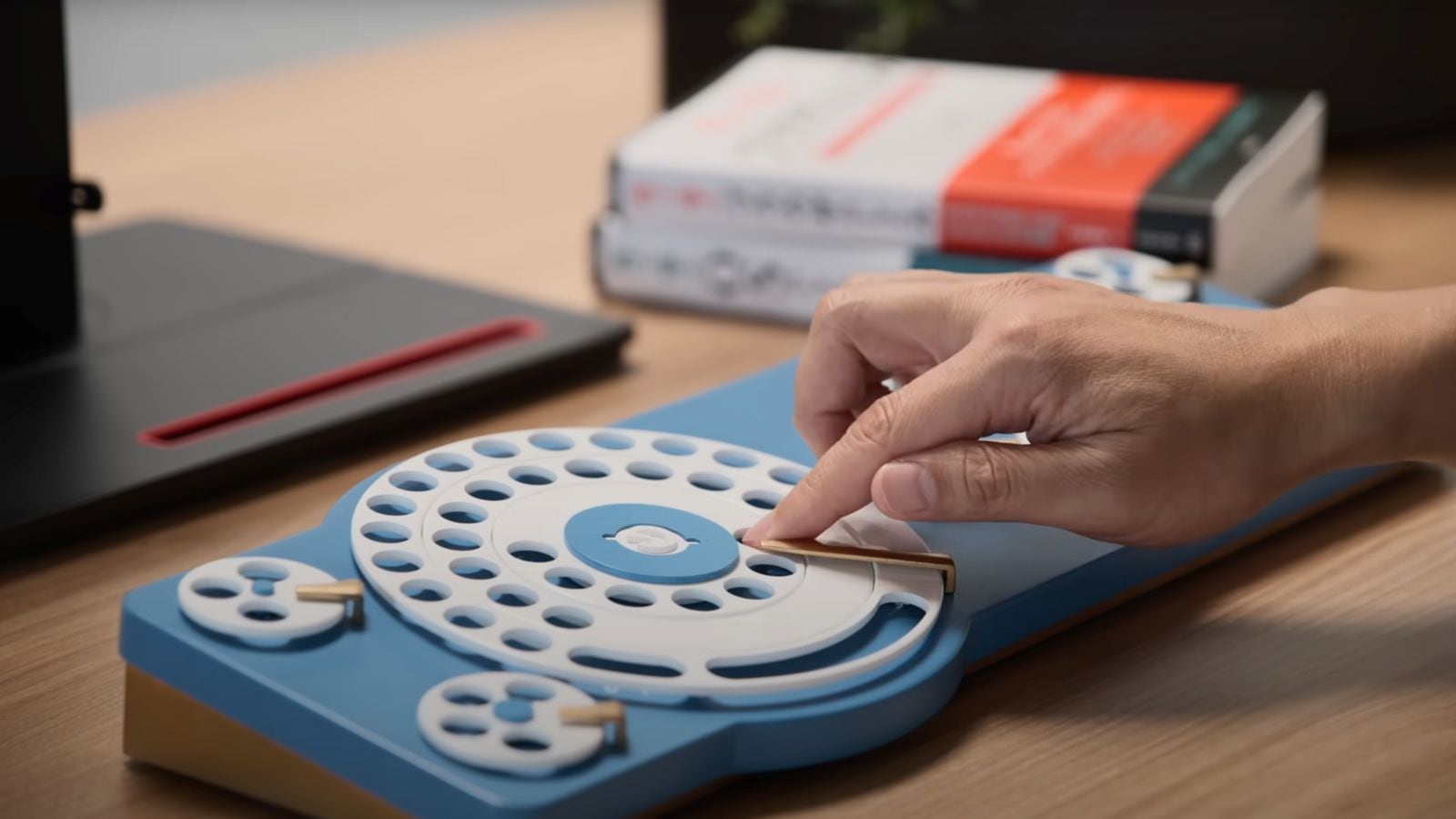
Google Japan has unveiled the Gboard Dial Version, a retro-inspired keyboard that replaces traditional keys with nine rotary dials, reimagining typing through mid-century mechanical design.
The Gboard Dial Version swaps keycaps for a set of holes and rotating discs of varying sizes, including a dedicated dial for the return key. To type, users insert a finger into the desired dial and rotate it until it hits a built-in stop. Once released, the dial spins back to its original position, and sensors record the movement to input the corresponding character.
Though far slower than a standard keyboard, the Gboard Dial Version appeals to tech enthusiasts interested in merging vintage design with contemporary hardware. The concept’s open-source plans ensure its legacy among hobbyists who enjoy crafting unconventional gadgets.
While the dial mechanism mirrors that of a rotary telephone, the technology inside is fully modern. Rotary phones once used pulse dialling—creating electrical pulses that represented numbers—but in Google’s version, sensors detect the dial’s return motion and convert it into USB signals readable by computers.
The designers have also added an auxiliary stand with a mechanical webcam control that mimics the physical “hang-up” action of vintage landlines. When a user places their mouse on the stand during a video call, it automatically switches off the webcam feed.
Like Google Japan’s previous experimental devices, the Gboard Dial Version is not intended for mass production. However, all design materials—including printed circuit board schematics, 3D-printed housing models, and a full component list—have been released on GitHub, allowing the public to recreate the project.
These annual experiments balance nostalgia with innovation, challenging conventional input design while celebrating analogue aesthetics. The Dial Version is an example of how vintage mechanics can be reimagined through modern engineering—even if it offers more charm than practicality.
© IE Online Media Services Pvt Ltd






